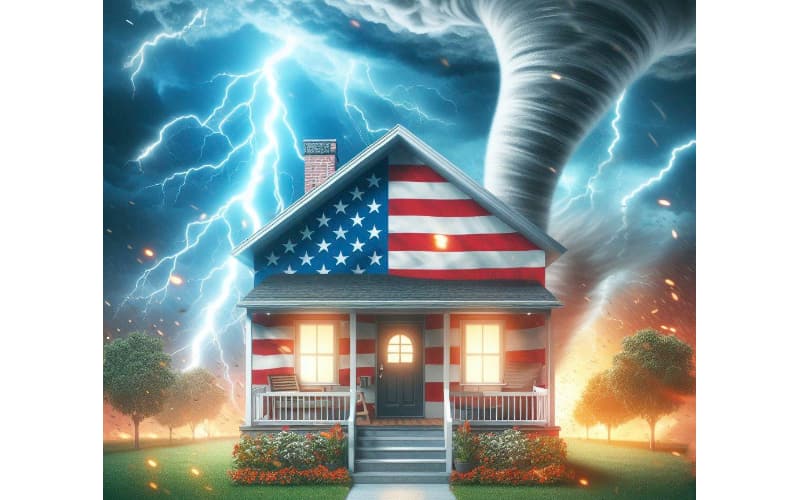Rate increases slower for catastrophe exposed US property in Q1: Marsh

In what is perhaps a reflection of an insurance and reinsurance marketplace with more catastrophe risk capital available, broker Marsh has for the first time in a while cited a slowing level of rate increases for catastrophe exposed commercial property accounts in the United States, with even some rate decreases reported.
For around five years now, there hasn’t been any real talk of catastrophe exposed property insurance rates in the US decreasing.
The seemingly inexorable rise in property insurance rates for both commercial and residential properties in regions of higher catastrophe risks, as well as those with tropical storm exposure on the coast, has been a feature of the market for some years now and while it does continue, there are signs of moderation, perhaps even stabilisation.
Marsh reports that, overall, it sees US commercial property insurance rates as still increasing, but stabilising, with an average rate increase of 8% in the first-quarter of 2024, down from an 11% average increase in the final quarter of 2023.
However, the commentary is perhaps the most positive, from a protection buyers point of view, in quite a long time.
“Many companies were able to secure additional limits in higher layers and improve coverage as competition increased and rate increases have leveled off,” Marsh explained.
With one driver being that, “Strong insurer financial results and additional reinsurance market supply led to increased insurer appetite.”
Importantly, the broker added that, “Companies with concentrations of assets in catastrophe (CAT) zones — such as the Gulf of Mexico, Atlantic coast, and California — that had experienced higher rate increases in recent years have begun to see lower increases or even decreases.”
But also explained that things still aren’t easy and adjustments are still being made, as “Underwriters continued to scrutinize CAT deductibles and limitations of cover for non-physical damage, cyber, and communicable disease.”
As a result of still very high insurance rates, protection buyers are exploring alternatives still and Marsh explained that, “Insureds continued to increase retentions and adopt alternative risk transfer such as captives, parametric, or structured solutions.”
In Europe where property rates slowed to 5% in Q1, down from a 7% increase in the previous quarter, the picture has also perhaps become more stable, with buyers in catastrophe exposed areas scrutinised, but capacity seen as generally available, even for cat exposed risks, although Marsh noted that, “Companies with natural catastrophe exposure generally saw above average price increases, capacity reductions, increased deductibles, and scrutiny of limits.”
It’s not the same everywhere though and Marsh highlighted that Mexico is one area where capacity was seen as low, “Contributing to increased rates in the wake of Hurricane Otis, particularly for complex risks and those with catastrophe exposure,” although in LatAm overall property rate increases slowed slightly as well in Q1.
In Asia, while overall property rates declined 1%, Marsh said that, “Highly CAT-exposed geographies, including Japan, Taiwan, and the Philippines, and industries with significant business interruption exposure remained exceptions to the downward rate trend.”
Elsewhere, such as the Middle East, Africa and India, reinsurance pricing is still filtering through and resulting in some rate increases, Marsh noted.
Overall around the globe, it’s clear catastrophe exposed property rates continue to move higher at the fastest rates, which is as you might expect, but there is also now clear evidence that improved reinsurance market conditions and better supply of catastrophe risk capital is filtering down to the primary insurance space.
In the United States, where much of the influx of catastrophe risk capital is naturally focused, conditions appear much-improved, compared to just a few quarters ago, with the effects of more abundant reinsurance capital definitely evident here.
It will be interesting to see whether any moderation begins to become evident in the US homeowners marketplace, in regions with elevated catastrophe risks, or whether that takes longer to manifest and could be dependent on how the hurricane season plays out.
However, it is worth remembering, that some are forecasting that catastrophe exposed commercial property insurance renewals are still expected to see perhaps the biggest rate gains in 2024.






